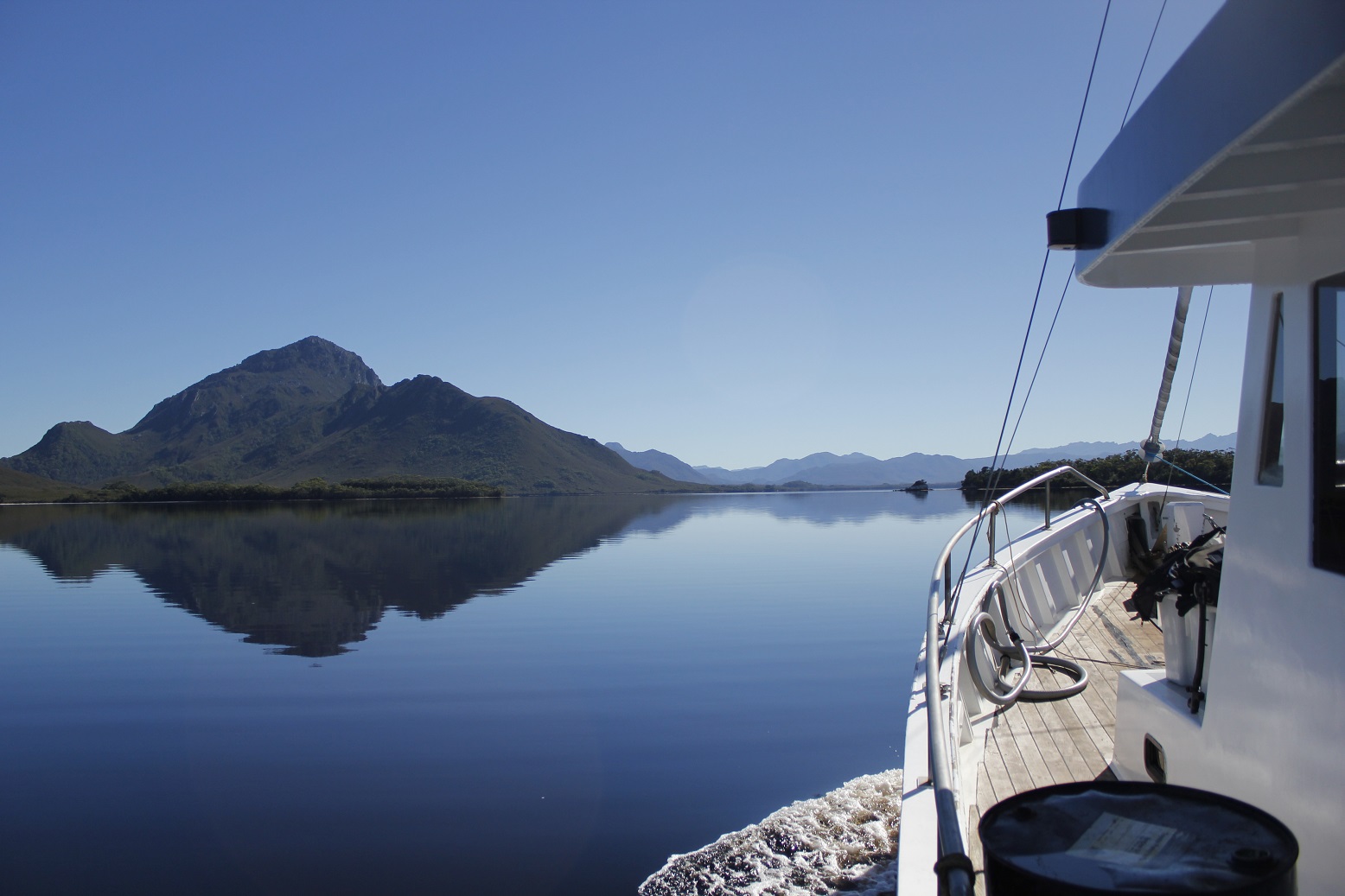Fisheries Research and Development Corporation (FRDC) through the Sustainable Marine Research Collaboration Agreement (SMRCA).
Associate Professor Neville Barrett, Dr Emily Ogier, Dr Klaas Hartmann, Dr Nils Krueck, Dr Ian Dutton (NRE Tas)
A new IMAS-led project will investigate the benefits of partially protected marine protected areas (MPAs) in Australia.
Preserving natural habitats and reducing destructive oceanic activities is important to protect the world’s biodiversity. No-take MPAs aim to limit loss of oceanic biodiversity, serve as valuable scientific reference areas, and can provide sources of productivity to wild fisheries. These outputs can also increase regional social and economic benefits.
However, no-take MPAs can be costly to maintain and negatively impact marine resource activities, including commercial and recreational fishing. Consequently, there is growing interest in the benefits associated with partial protection from these activities, while allowing tourism-based activities like diving, snorkelling, and low-impact fishing.
Worldwide, there is a considerable lack of quantitative evidence on the potential benefits of partially protected areas (PPAs). One reason for this is the lack of consistent terminology and definition of a ‘partially protected’ MPA, and the range of protection levels this phrase covers.
As part of this new IMAS project, researchers will:
1. Classify Australian MPAs according to the clear guidelines within The MPA Guide, released in 2022 as a comprehensive outline of worldwide MPA definitions.
2. Conduct a systematic literature review that will outline the types and forms of partial protection available. It will also consider factors affecting the likelihood of attaining mutually beneficial outcomes for all users, building on results from other FRDC projects.
3. Use ecological and sociological datasets, as well as commercial and recreational fisheries data, to fully understand the state of PPAs in Australia’s marine environment.
4. Develop, in consultation with marine resource managers, clear, easy-to-understand advice and information, and a quantitative decision-support tool. These tools will allow resource managers to make informed decisions on the implementation of PPAs. They will form part of a habitat management strategy based on managing important natural environments within areas of high natural value across Australia.
 Conducting surveys in Port Davey MPA, Tasmania (Photo: Antonia Cooper)
Conducting surveys in Port Davey MPA, Tasmania (Photo: Antonia Cooper)
Interested in this project?